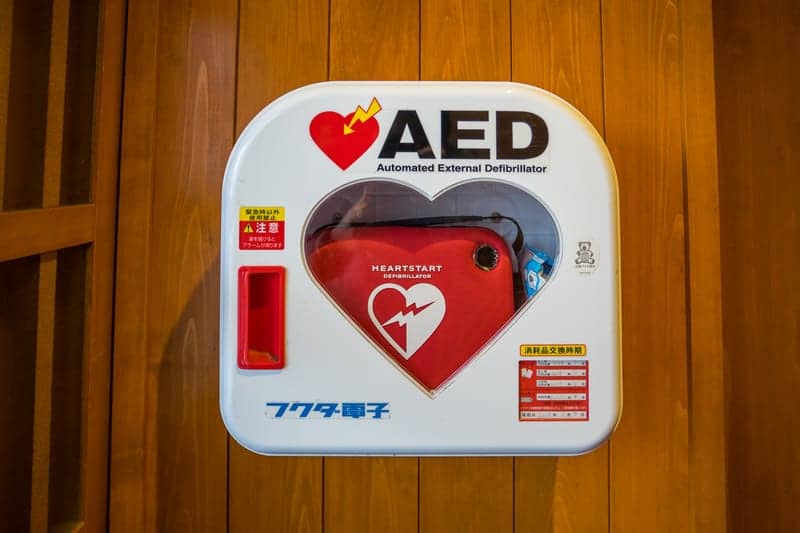A formalized protocol to transfer automatic external defibrillator (AED) data to the coronary care unit (CCU) team at the time of hospital arrival for out-of-hospital cardiac arrest (OHCA) patients may help clinical staff make timely decisions and focus on patient care, according to a poster presented Oct. 8 during the American College of Cardiology (ACC) Quality Summit Virtual.
Liz Burden, BSc, et al., aimed to establish a protocol at a regional cardiac center in British Columbia, Canada, to transfer AED data within 48 hours of a request in 80% of cases. In the first project phase, which began in November 2018, a team that included a CCU charge nurse, quality coordinator and cardiologist worked with regional emergency medical services (EMS) to develop a process to request AED data. Dedicated staff were assigned to respond to OHCA calls each day, and the quality coordinator worked with EMS supervisors to identify gaps in the process. Beginning in April 2019, the project’s second phase focused on fire departments, which did not have the capability to download data to a repository system.
In an education presentation to local fire departments and EMS supervisors, the team’s cardiologist and quality coordinator described the importance of AED data and its prompt submission to hospitals. The research team also held an educational workshop for provincial fire departments to implement the process across British Columbia. The researchers then tracked all patients who survived OHCA and were ultimately transferred to the regional cardiac center. Specifically, the researchers looked at timeliness of AED data retrieval, source of AED, arrival hospital, cardiovascular studies performed after hospital arrival, and ultimate diagnosis.
Results showed that between November 2018 and April 2020, 71 OHCA patients arrived at the regional cardiac care center. EMS were first responders in the majority of cases (58%), while fire departments responded in 34% of cases. Bystanders or police responded in the remaining cases. Based on AED data, initial rhythms were ventricular fibrillation (66%), ventricular tachycardia (14%), asystole (6%), and pulseless electrical activity (4%). Following hospital admission, 87% of patients received cardiac catheterization, while 45% received cardiac MRI and 97% received echocardiogram. After initial diagnostic tests, 44% of patients received an ICD, and 9% and 6% underwent CABG and an electrophysiology study, respectively. Ultimate diagnoses included acute coronary syndrome (41%), primary arrhythmias (13%) and cardiomyopathies (21%).
Regarding AED data submission, of the 71 cases, researchers were unable to obtain data for 10 patients and received data at the time of admission for seven patients. Of the remaining 54 cases, the CCU team received data within 48 hours for 94% of patients.
According to the researchers, the project demonstrates that collaboration among stakeholders can lead to decreased workload for care teams, reduce the number of unnecessary procedures, and lessen the strain on hospital resources. The project ensured that AED data is submitted promptly, enabling providers access to key information for clinical decision-making, they conclude. They note that future collaboration to spread the project to other areas is underway.
For more information, visit the American College of Cardiology.




